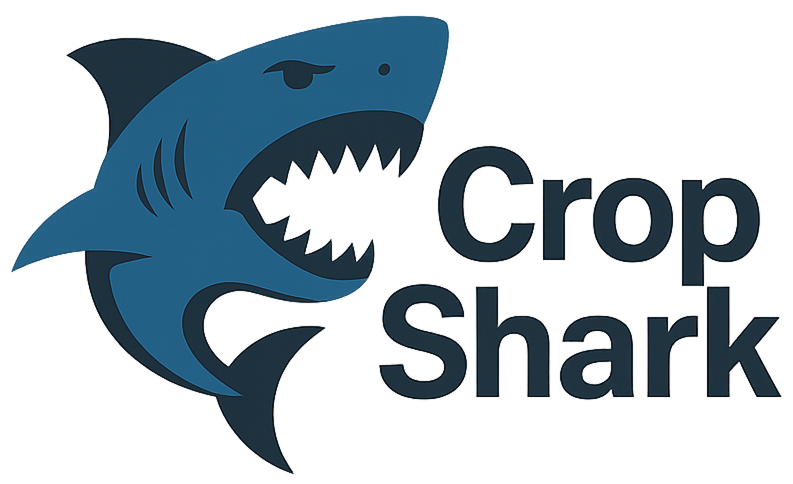Your Product Needs a Domain
I can’t tell you how many times I’ve gotten pushback on acquiring a domain for a product: “We’ll have to get IT involved and loop in Legal. Also, we really should run this up the chain to Terry (CEO) and Angela (CMO) for buy-in before we do anything…” “Can you get started on writing up a business justification…” I’ve also heard the following over and over: “I think the first step here is to work with Legal on registering a trademark…” These responses reveal a prehistoric view of the digital world.
So, what do I do? If I have a corporate card, which all PMs should, I just buy the domain. The result is that the company owns it without going through any BS. It’s a $20 expense that nobody notices but has massive expected value. Think of it as a call option—you’re paying $20 for the exclusive right to choose whether or not you use that name for your product for years to come. Believe me, it’s worth it. No corporate card (because management doesn’t understand the PM role)? I buy it myself and I own it.
Consider the Consequences of Not Buying It
Let’s say you work at a company called SolutionsCorp and you’ve created an awesome product called CropShark, but due to shortsightedness and inexperience, the “leadership” at SolutionsCorp disagreed with you about buying CropShark.com. Instead, they decided it would be better to have a page on their existing corporate site (or subdomain) for your product marketing material, e.g. solutionscorp.tld/products/agronomy. There are countless issues with this approach, but I’ll stick to the topic at hand.
First, if I’m your competitor, I’m going to hear about you, and I’m going to search for your product online. If I find that you do NOT already own your domain (CropShark.com), I’ll spend $20 and buy it immediately. Then, I’ll do one of two things: I’ll redirect CropShark.com to my product’s marketing website OR I’ll deploy tons of keyword-rich content with links to my product to bury you. This is incredibly easy nowadays—just grab a clean template from Themeforest or build it in Framer, use AI for content creation, and set up a headless CMS. The result? I’ll prevent your product from getting organic traffic; you’ll have to pay for every single visitor. And pray I don’t have a bigger marketing budget than you do.
Second, even if competitors don’t snatch your domain, your organic traffic will suffer tremendously without a dedicated product domain. Search engines favor established, content-rich sites with consistent, related information. The content needed for an effective Product Marketing website is enormous—both initially and ongoing (blog posts, product updates, feature spotlights, testimonials, case studies, documentation, community engagement, etc.). This content becomes more crucial EVERY DAY as users shift from traditional search engines to AI assistants. A single product page buried within unrelated content on a corporate website simply won’t deliver the same results.
Third, every product needs its own branding. I’m talking about Product Marketing here, not the application itself. Branding, positioning, and messaging create resonance. You must connect with visitors to convert them. When conversion isn’t possible, your fallback goal is to BE REMEMBERED. As visual creatures, humans recall images better than text. That’s why branding matters. You’ll likely forget a generic name like “SolutionsCorp,” but if you visit CropShark.com and see their distinctive logo, you’re MUCH more likely to remember it later:

Finally, let me address the trademark argument because it’s so frequently misunderstood. First, the USPTO REQUIRES you to use your trademark in commerce. The simplest way to establish this is by displaying your logo and product on a website with an appropriate dedicated domain. Note: while the USPTO allows you to file based on “intent to use,” you must still demonstrate actual commercial use BEFORE receiving your trademark (bringing you back to my first justification).
Second, your trademark must be distinctive and capable of uniquely identifying your goods or services—typically through a logo. Simply referring to your product as “Crop Shark” on a corporate website isn’t sufficient. This approach fails to provide clear intellectual property protection because you don’t have copyright on “Crop Shark” (lacking the required creative design element), and by using “Crop Shark” on the SolutionsCorp domain, you’re actually establishing SolutionsCorp—not Crop Shark—as the source of your goods and services. This contradicts the fundamental purpose of trademark protection.